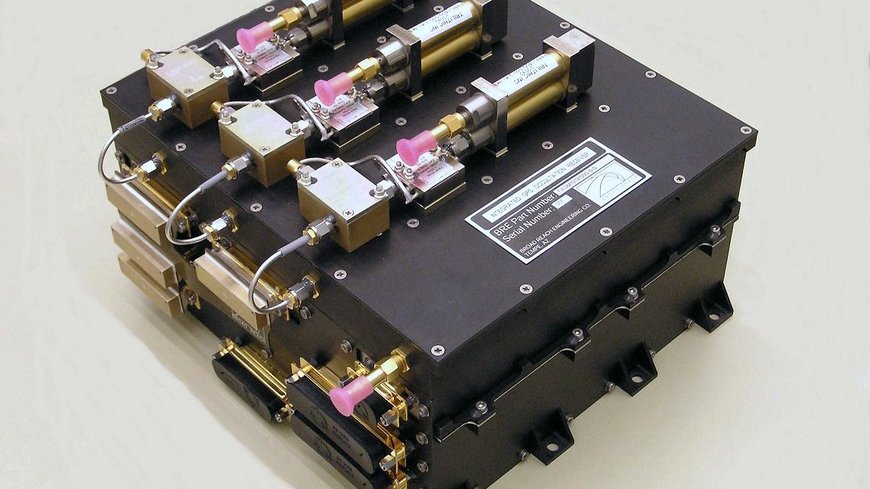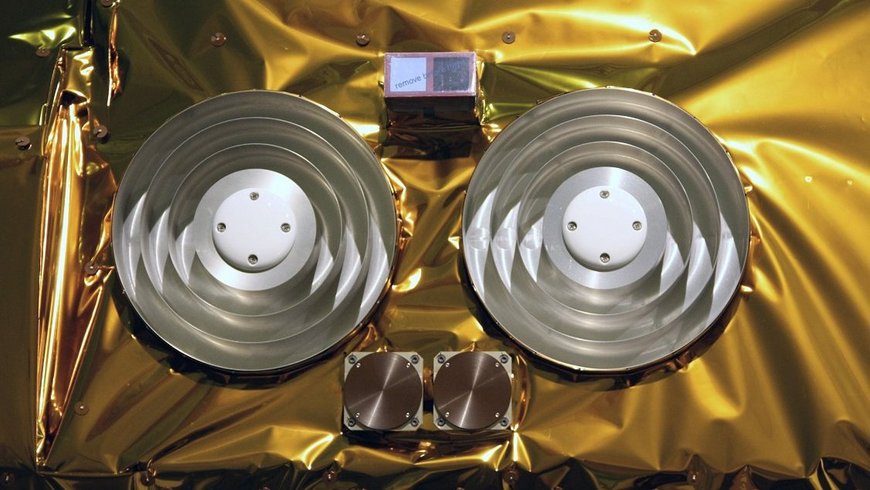TOR Payload on TerraSar-X and TanDEM-X
The GeoForschungsZentrum (GFZ) Potsdam operates the Tracking, Occultation and Ranging Payload (TOR) on the German radar satellite missions TerraSAR-X and TanDEM-X under an agreement between DLR and GFZ. This experiment comprises a dual-frequency GPS receiver with two zenith antennas for Precise Orbit Determination (POD) on choke rings for multipath suppression, two radio occultation (OCC) antennas in velocity and anti-velocity direction and a Laser Retro Reflector (LRR) array on the nadir side of the spacecraft.
The dual-frequency GPS receiver IGOR™ (manufactured by BroadReach Engineering , Tempe, AZ) serves as the main instrument for highly precise orbit determination on TerraSAR-X and TanDEM-X. It operates fully autonomously and tracks up to 12 satellites on both GPS frequencies in a semi-codeless mode.
Besides the real-time navigation solution, the IGOR™ receiver produces precision carrier phase, pseudo range and time-offset data with the following characteristics which are comparable to the typical performance of NASA’s BlackJack type dual-frequency GPS receiver as flown on gravity missions like CHAMP and GRACE:
- Accuracy of real-time navigation solution < 10 m RMS
- Dual-frequency range and integrated carrier for POD at a 10s interval:
- Phase (ionosphere-free) < 0.3 cm
- Range (ionosphere-free) < 30 cm
- Limb-sounding observables (prior to atmospheric de-focusing):
- L1 carrier phase < 0.05 cm (1s)
- L2 carrier phase < 0.15 cm (1s)
- Time calibration (1 PPS output) < 0.1 µs from GPS time
The radio occultation antennas allow for the observation of signals from GPS spacecraft close to and even below the Earth limb. The obtained atmospheric excess phase data from such GPS satellites transmitting their signals through the dense layers of the troposphere towards a low-orbiting satellite enable the computation of vertical atmospheric profiles for humidity and temperature in near real-time on a global scale.
A pair of choke rings for optimum suppression of multipath GPS signals supports the POD antennas. These choke rings were adapted to the design of the TerraSAR-X and TanDEM-X satellites and space-qualified by GFZ Potsdam.
The GFZ-made LRR array array is of identical design as for mission like CHAMP and GRACE and provides an external calibration and validation tool for the GPS-derived precise orbit products of TerraSAR-X and TanDEM-X. It reflects ultra-short laser pulses from special ground stations and allows for an unambiguous two-way ranging between the spacecraft and the transmitting laser telescope with sub-cm single-shot accuracy.




